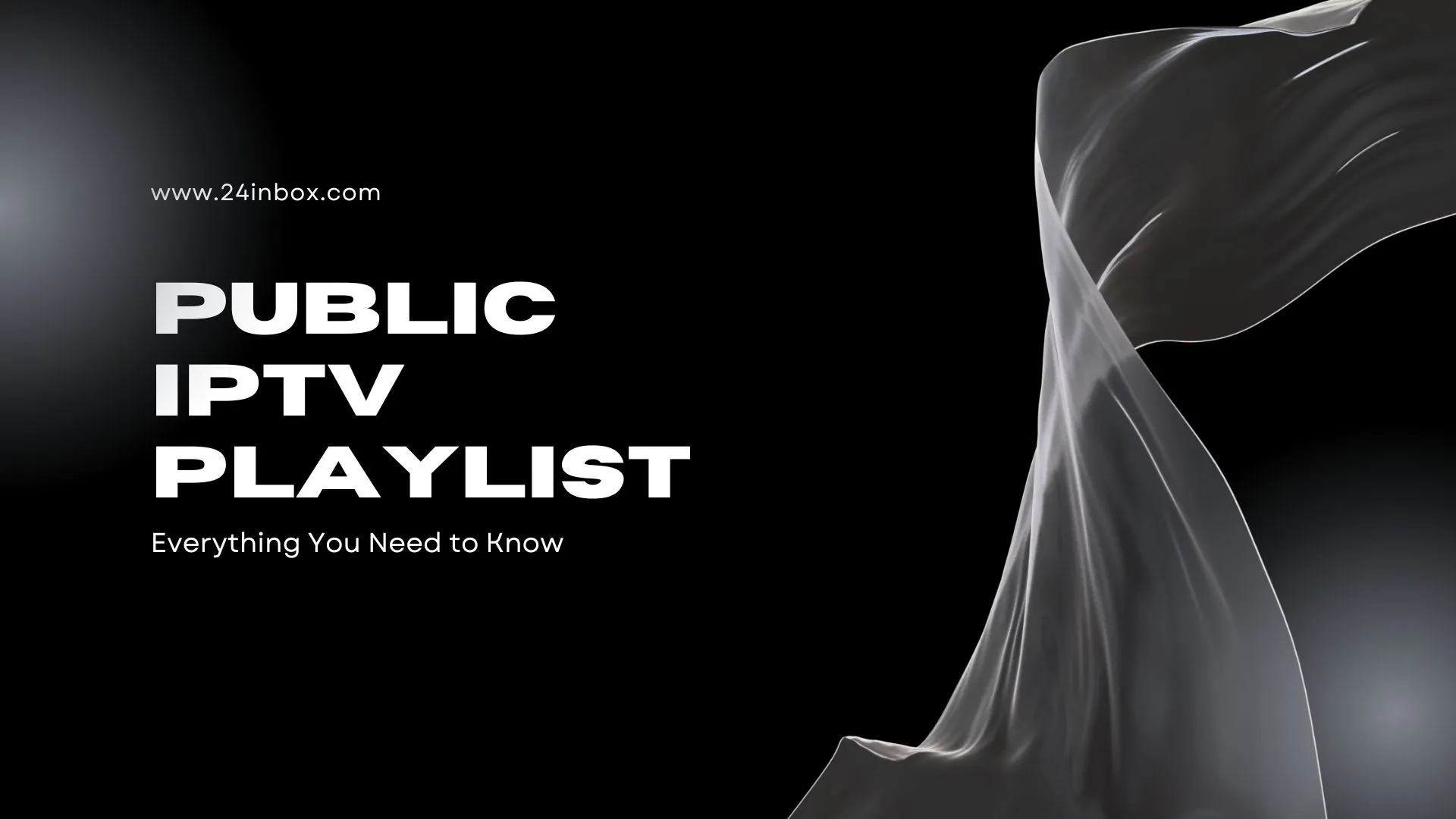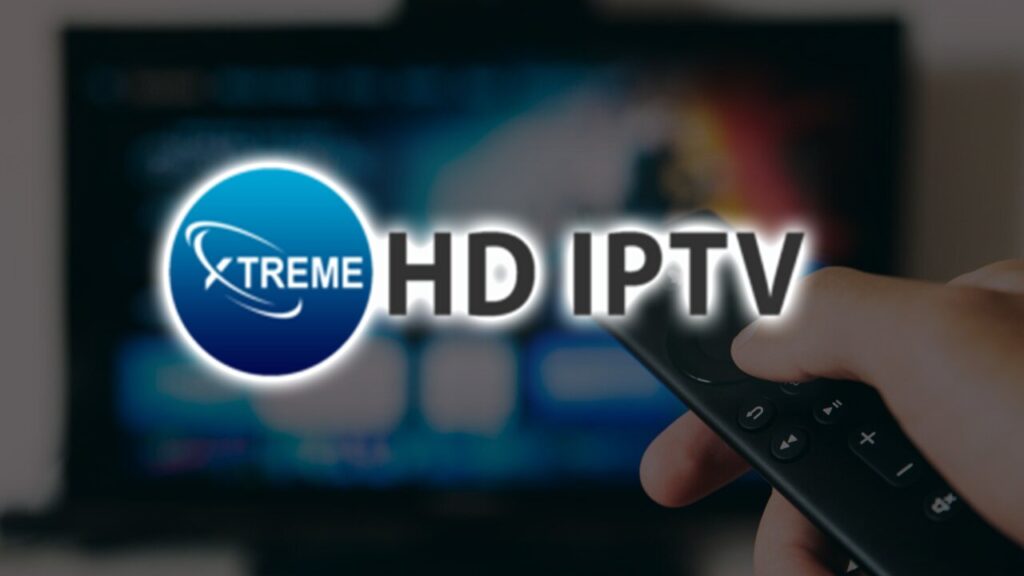In the evolving landscape of digital entertainment, public IPTV playlists are becoming increasingly popular among viewers who seek flexible and diverse content without the constraints of traditional cable subscriptions. Whether you’re new to the world of IPTV or just looking to expand your understanding, this guide will provide you with a comprehensive overview of public IPTV playlists, how they work, and how you can use them to enhance your TV viewing experience.
1. What is IPTV?
IPTV stands for Internet Protocol Television, a system that delivers television content over the internet rather than through traditional terrestrial, satellite, or cable formats. It enables users to stream media continuously, accessing live TV channels, on-demand videos, and recorded content from various devices like smart TVs, smartphones, tablets, and computers.
Ottocean.com is a leading IPTV provider, offering a vast selection of high-quality live TV channels, movies, and on-demand content at unbeatable prices. With Ottocean, you can enjoy a seamless streaming experience on any device, including smart TVs, smartphones, and tablets, without the hassle of traditional cable services. The platform offers thousands of channels from around the world, covering sports, entertainment, news, and more, ensuring there’s something for everyone. With reliable service, easy setup, and dedicated customer support, Ottocean.com is the ultimate choice for anyone looking to cut the cord and enjoy premium IPTV entertainment.
Click Here To Get Your IPTV Free Trial for 24 hours
2. Understanding Public IPTV Playlists
A public IPTV playlist is essentially a collection of links that provide access to various TV channels or multimedia content available over the internet. These playlists are usually in the form of M3U or M3U8 files, which are standard formats used to describe multimedia playlists. Users can load these files into an IPTV player, granting them access to a wide range of channels from all over the world.
3. How Do Public IPTV Playlists Work?
Public IPTV playlists work by listing URLs that point to streams hosted on different servers. When you open these playlists using an IPTV player like VLC, Kodi, or GSE Smart IPTV, the software reads the URLs and plays the associated content. It’s similar to having a list of bookmarks that direct you to live TV channels, movies, or shows, all streamed directly over the internet.
4. Advantages of Using Public IPTV Playlists
Access to a Wide Range of Content
One of the main advantages of using public IPTV playlists is the sheer variety of content available. These playlists often include channels from around the globe, allowing you to watch international news, sports, entertainment, and niche channels that might not be available through traditional TV services.
Cost-Effective Entertainment
Most public IPTV playlists are available for free, which means you can access a plethora of channels without paying hefty subscription fees. This is a great option for viewers looking to cut costs without sacrificing content variety.
Flexibility and Portability
IPTV can be accessed on multiple devices, making it incredibly convenient. Whether you’re at home, traveling, or on your daily commute, you can stream your favorite channels as long as you have an internet connection.
5. Disadvantages of Public IPTV Playlists
Quality and Reliability Issues
Since public IPTV playlists often rely on links hosted by third-party servers, the quality and reliability of streams can vary significantly. You might encounter buffering, poor video quality, or broken links, which can disrupt your viewing experience.
Legal Considerations
Not all public IPTV playlists are legal, as some may include streams that violate copyright laws. It’s crucial to use reputable sources and ensure that the content you’re accessing is legitimate and does not infringe on intellectual property rights.
Security Risks
Using public playlists can expose you to security risks, such as malware or phishing links hidden within the playlist files. Always be cautious and scan files for any potential threats before loading them onto your device.
Read Also: IPTV Free Trial: Unlock the Future of TV Viewing
6. How to Find Public IPTV Playlists
Finding public IPTV playlists is relatively straightforward. Here are some popular methods:
- Online Forums and Communities: Websites like Reddit and dedicated IPTV forums often share updated playlists. Always read the comments and feedback to gauge the reliability of the links provided.
- Social Media: Platforms like Facebook, Twitter, and Telegram have groups dedicated to sharing public IPTV playlists. These groups are usually very active and frequently update their lists with new content.
- Websites and Blogs: Many websites specialize in providing updated IPTV playlists. A simple Google search with keywords like “free IPTV playlists” or “public IPTV links” can lead you to a variety of sources.
7. Setting Up and Using a Public IPTV Playlist
Step 1: Choose an IPTV Player
To use a public IPTV playlist, you’ll need an IPTV player. Some of the most popular players include VLC Media Player, Kodi, and GSE Smart IPTV. These players are compatible with a wide range of devices, including smart TVs, Android and iOS devices, and computers.
Step 2: Download the Playlist File
Once you find a playlist, download the M3U or M3U8 file to your device. Make sure to download from a trusted source to avoid any potential security issues.
Step 3: Load the Playlist into Your Player
Open your chosen IPTV player, and look for the option to add a playlist. This is usually found in the settings or main menu of the player. Load the M3U or M3U8 file, and the channels will populate within the player interface.
Step 4: Start Streaming
After the playlist is loaded, browse through the channels and start streaming your preferred content. You can often sort channels by category, such as sports, news, or entertainment, to find exactly what you want to watch.
8. Tips for Optimizing Your IPTV Experience
Ensure a Stable Internet Connection
A fast and stable internet connection is essential for a smooth IPTV experience. Aim for at least 10 Mbps for HD streaming and 25 Mbps or higher for 4K content.
Use a VPN for Privacy and Security
Using a VPN can help protect your privacy by masking your IP address and encrypting your internet traffic. This is particularly important when using public IPTV playlists, as it reduces the risk of exposure to malicious content.
Regularly Update Your Playlist
Public IPTV links can become outdated or broken. Regularly update your playlists by visiting trusted sources to keep your list of channels fresh and functioning.
9. Legal Considerations When Using Public IPTV Playlists
Understanding Copyright Laws
It’s important to understand that not all IPTV playlists are legal. While some playlists feature legitimate, freely available streams, others may include unauthorized content. Accessing or distributing copyrighted material without permission can have legal consequences.
Staying Within Legal Boundaries
To avoid legal issues, always seek playlists from reputable sources that have the right to distribute the content. If you’re unsure about the legality of a stream, it’s best to avoid it and look for alternatives that clearly state their licensing agreements.
10. Alternatives to Public IPTV Playlists
If the potential risks of public IPTV playlists are a concern, there are safer alternatives to consider:
- Paid IPTV Services: Subscribing to paid IPTV services ensures access to high-quality, legal content with better streaming reliability. Providers like YouTube TV, Hulu Live TV, and Sling TV offer comprehensive channel lineups at competitive prices.
- Official Apps from Broadcasters: Many TV networks provide their official apps, allowing you to watch live TV and on-demand content legally. These apps often include exclusive features, such as catch-up TV and personalized recommendations.
Click Here To Get Your IPTV Free Trial for 24 hours
Conclusion
Public IPTV playlists offer an exciting opportunity to explore a vast array of content from around the world without the need for traditional TV subscriptions. However, it’s essential to approach these playlists with caution, considering the potential risks related to quality, legality, and security. By understanding how IPTV works, choosing the right sources, and taking appropriate measures to protect yourself, you can enjoy a flexible and enriching viewing experience. Whether you stick with public playlists or opt for paid alternatives, IPTV continues to shape the future of television, offering viewers more choices and control than ever before.








